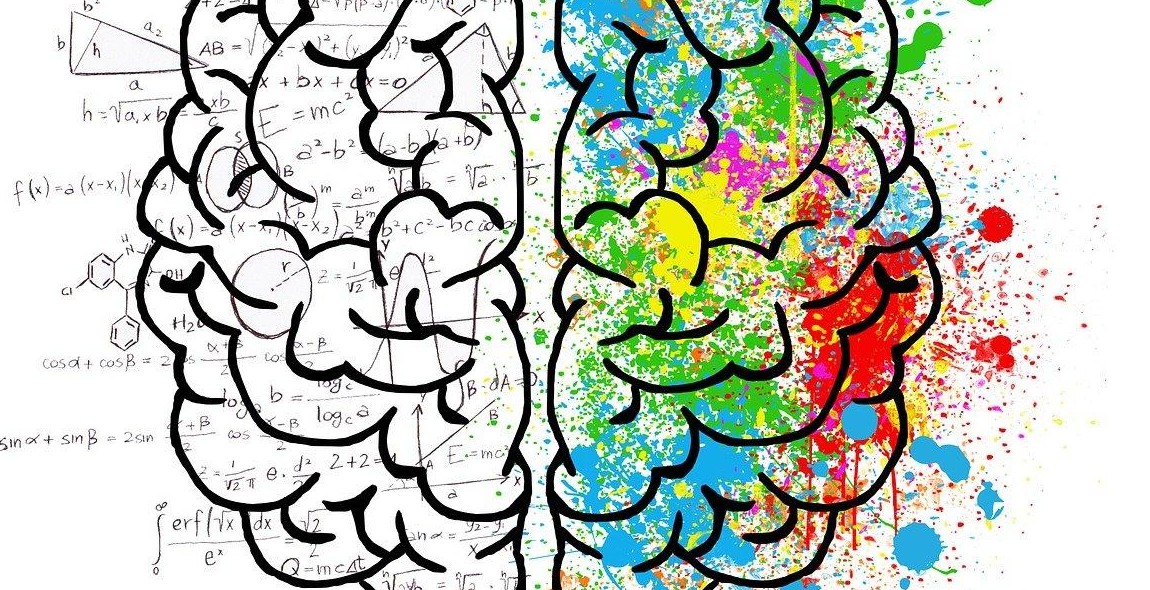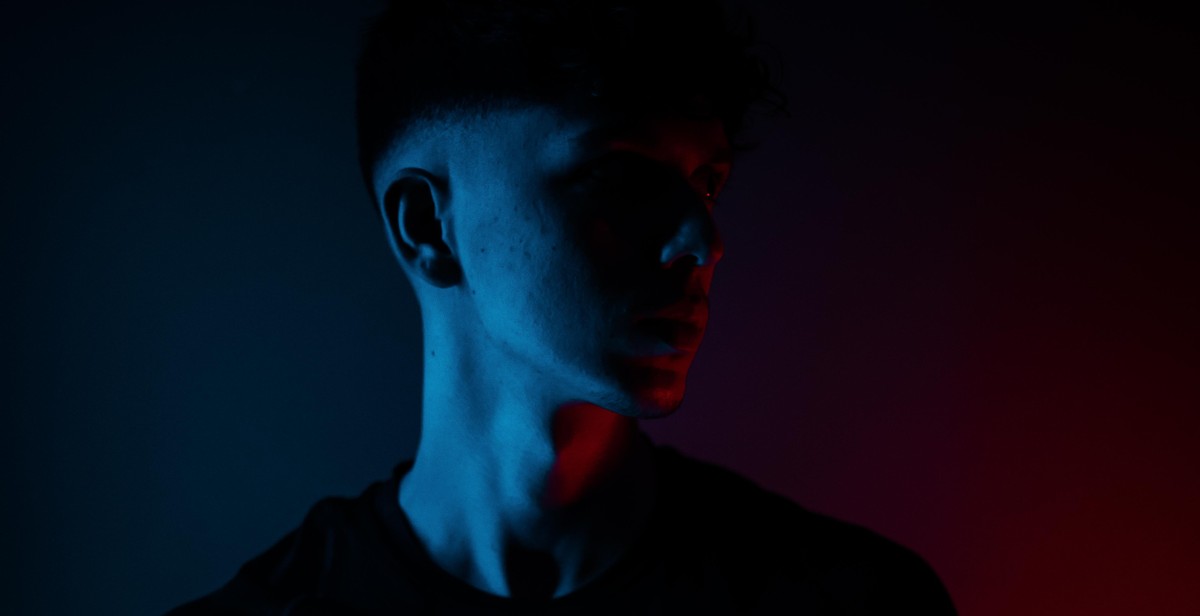Psychology of Color: How Colors Impact Our Mood and Thoughts
As a professional content creator and article writer, I have always been fascinated by the impact of colors on our mood and thoughts. Colors play an essential role in our daily lives, from the clothes we wear to the food we eat and the places we visit. However, most of us are unaware of the psychological impact of colors on our emotions and behavior.
The psychology of color is a fascinating subject, and understanding it can help us make informed decisions about our surroundings and the way we present ourselves. Colors can evoke different emotions and feelings, such as happiness, sadness, anger, and calmness. They can also affect our cognitive processes, such as attention, perception, and memory.
The Science of Color Psychology
Color psychology is a branch of psychology that studies how colors affect human behavior and emotions. It explores the relationships between color and mood, personality, and culture. According to color psychology, different colors can have different effects on our mood and behavior.
In this article, I will delve deeper into the psychology of color, exploring the meaning and impact of different colors on our emotions and thoughts. I will also provide practical tips on how to use colors to create a specific mood or atmosphere in various settings, such as home, office, and marketing campaigns.

The Science of Color Psychology
Color psychology is the study of how colors affect human behavior and emotions. This field of study has gained immense popularity in recent years, especially in the marketing and advertising industry. Colors have the power to influence our mood, thoughts, and feelings, and understanding how this works can help us make better decisions in our daily lives.
The Role of Color in Human Evolution
The ability to see and differentiate colors has played a crucial role in human evolution. Our ancestors used color to identify ripe fruits, poisonous plants, and potential threats in their environment. As a result, our brains have developed a strong association between certain colors and specific emotions or actions.
For example, the color red is often associated with danger or warning, while green signifies safety and relaxation. These associations are deeply ingrained in our subconscious and can influence our behavior without us even realizing it.
How Colors Affect Our Brain
Colors can affect our brain in several ways, including our mood, productivity, and even our appetite. Here are some of the ways colors impact our brain:
- Red: This color is associated with passion, excitement, and danger. It can increase heart rate and blood pressure, making us feel more alert and energetic.
- Blue: Blue is often associated with calmness, trust, and stability. It can help reduce stress and anxiety and promote relaxation.
- Yellow: Yellow is associated with happiness, optimism, and creativity. It can stimulate the brain and improve memory and concentration.
- Green: Green is associated with nature, growth, and balance. It can help reduce eye strain and promote relaxation, making it ideal for work environments.
- Orange: Orange is associated with warmth, energy, and enthusiasm. It can stimulate the brain and promote creativity and productivity.
- Purple: Purple is associated with luxury, creativity, and spirituality. It can stimulate the brain and promote problem-solving and critical thinking.
Understanding the science of color psychology can help us make better decisions in our daily lives, from choosing the right colors for our home decor to creating effective marketing campaigns. By harnessing the power of color, we can improve our mood, productivity, and overall well-being.

The Impact of Colors on Our Mood and Thoughts
Colors have a significant impact on our mood and thoughts. The psychology of color is a fascinating field that studies how different colors affect our emotions and behavior. Here are some of the ways that different colors can influence our mood:
Red
Red is a powerful and stimulating color that can evoke strong emotions. It is associated with passion, love, and energy. Red can also increase our heart rate and blood pressure, which can make us feel more alert and focused. However, too much red can be overwhelming and can cause feelings of aggression or anxiety.
Orange
Orange is a warm and energetic color that is often associated with enthusiasm, creativity, and confidence. It can also stimulate our appetite and promote socialization. However, too much orange can be overwhelming and can cause feelings of restlessness or irritability.
Yellow
Yellow is a bright and cheerful color that is often associated with happiness, optimism, and creativity. It can also stimulate our intellect and promote clarity of thought. However, too much yellow can be overstimulating and can cause feelings of anxiety or frustration.
Green
Green is a calming and balancing color that is often associated with nature, growth, and harmony. It can also promote feelings of relaxation and rejuvenation. Green is also a popular color for healthcare environments as it is believed to have a healing effect on the body and mind.
Blue
Blue is a calming and soothing color that is often associated with trust, loyalty, and wisdom. It can also promote feelings of relaxation and tranquility. Blue is a popular color for bedrooms and bathrooms as it can help to promote restful sleep and reduce stress.
Purple
Purple is a rich and luxurious color that is often associated with creativity, spirituality, and royalty. It can also promote feelings of relaxation and calmness. However, too much purple can be overwhelming and can cause feelings of introspection or sadness.
Black
Black is a powerful and sophisticated color that is often associated with authority, elegance, and mystery. It can also promote feelings of strength and confidence. However, too much black can be overwhelming and can cause feelings of depression or negativity.
White
White is a clean and pure color that is often associated with innocence, purity, and simplicity. It can also promote feelings of clarity and openness. However, too much white can be overwhelming and can cause feelings of emptiness or coldness.
| Color | Positive Associations | Negative Associations |
|---|---|---|
| Red | Passion, love, energy | Aggression, anxiety |
| Orange | Enthusiasm, creativity, confidence | Restlessness, irritability |
| Yellow | Happiness, optimism, creativity | Anxiety, frustration |
| Green | Nature, growth, harmony | None |
| Blue | Trust, loyalty, wisdom | None |
| Purple | Creativity, spirituality, royalty | Introspection, sadness |
| Black | Authority, elegance, mystery | Depression, negativity |
| White | Innocence, purity, simplicity | Emptiness, coldness |
The Psychology Behind Brand Colors
Colors play a crucial role in the branding of a business. It is not just about choosing a color that looks good, but also about understanding the psychological impact it can have on your audience. Color psychology is the study of how colors affect human behavior and emotions. It helps brands choose the right colors to create a specific mood or feeling in their target audience.
For example, blue is often associated with trust and reliability, making it a popular choice for financial institutions and healthcare companies. Red, on the other hand, is associated with energy and excitement, making it a popular choice for food and beverage brands. Green is often associated with nature and health, making it a popular choice for organic and eco-friendly brands.
Understanding the psychology behind brand colors can help businesses create a strong brand identity and connect with their audience on a deeper level.
Examples of Brands Using Color Psychology
Let’s take a look at some examples of brands that have successfully used color psychology in their marketing:
| Brand | Color | Psychological Association |
|---|---|---|
| McDonald’s | Red and yellow | Energy, excitement |
| Blue | Trust, reliability | |
| Starbucks | Green | Nature, health |
| Coca-Cola | Red | Energy, excitement |
McDonald’s uses the colors red and yellow in their branding to create a sense of energy and excitement. Facebook uses blue to create a sense of trust and reliability. Starbucks uses green to create a sense of nature and health. Coca-Cola uses red to create a sense of energy and excitement.
These brands have successfully used color psychology to create a strong brand identity and connect with their audience on an emotional level.
Overall, understanding the psychology behind brand colors is essential for businesses that want to create a strong brand identity and connect with their target audience. By choosing the right colors, brands can create a specific mood or feeling that resonates with their audience and helps them stand out in a crowded marketplace.
Conclusion
Colors have a powerful impact on our mood and thoughts, influencing our behavior and decision-making processes. Understanding the psychology of color can help individuals and businesses make informed decisions about color choices in branding, marketing, and design.
It’s important to note that the psychology of color is not an exact science, and different individuals may have different associations and reactions to certain colors. However, there are some general trends and patterns that can be observed across cultures and demographics.
Key Takeaways
- Warm colors like red, orange, and yellow can evoke feelings of excitement, passion, and energy.
- Cool colors like blue, green, and purple can evoke feelings of calmness, relaxation, and trust.
- Neutral colors like black, white, and gray can convey sophistication, simplicity, and elegance.
- Cultural and personal associations with colors can also impact our reactions and preferences.
Final Thoughts
As a professional article writer and content creator, I have seen firsthand the importance of color psychology in creating effective and engaging content. By understanding the impact of color on our mood and thoughts, we can use it to our advantage in various aspects of our lives. Whether it’s choosing a color scheme for your website or selecting the perfect outfit for a job interview, the psychology of color can help you make informed choices that resonate with your audience and reflect your personal brand.
